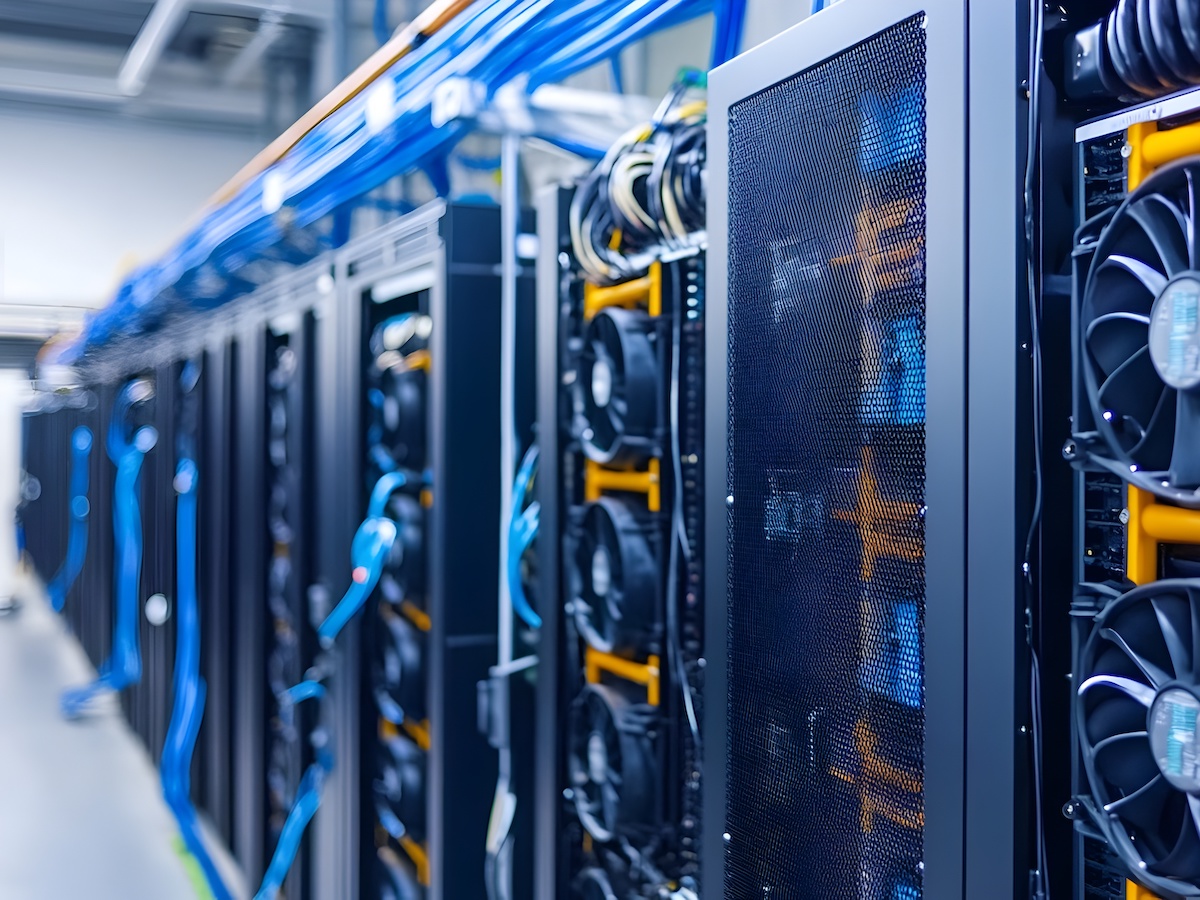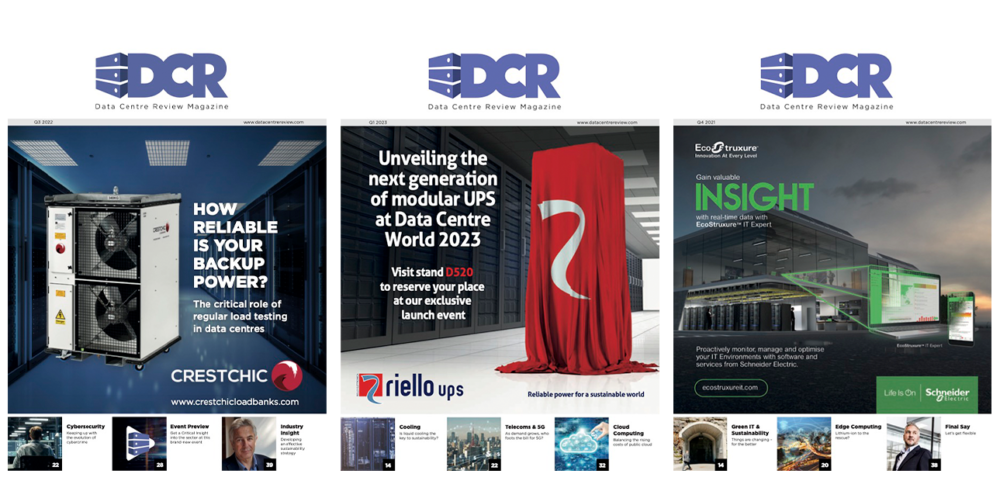Traditional air-based solutions are nearing their breaking point as AI-driven workloads surge, yet according to Vivek Swaminathan, Director of Products and Solutions, Digital Workplace Solutions at Unisys, meticulously maintained liquid cooling systems promise a transformative leap in efficiency, reliability, and profitability.
The demand for data centres is rapidly increasing as they play a vital role in digital infrastructure by securely storing, distributing and interpreting data for businesses. However, with the advancement and growing complexities of AI, the requirements for maintaining data centres have evolved.
Liquid cooling technologies offer a valuable solution for modern data centres, where server densities and power-intensive computing environments have increased. To adapt to this evolution, liquid cooling technologies provide superior thermal management and targeted cooling, reducing space and energy requirements.
However, unlike traditional air-cooling systems, liquid cooling technologies require intricate plumbing and coolant management, and neglecting maintenance can lead to system failures and inefficiencies. Understanding how to maintain these systems is crucial for enhancing system longevity and maximising return on investment.
How the industry is transitioning from air to liquid cooling technology
The transition from traditional air-cooling systems to liquid cooling technologies represents a major advancement for the data centre industry. Liquid cooling technologies can efficiently remove more heat and ensure the productivity of high-density computing systems, leading to higher performance and reliability. By targeting specific central processing units (CPUs) and graphics processing units (GPUs), data centre operators can enhance overall thermal management and reduce the space needed for cooling infrastructure.
Moreover, liquid cooling systems allow for better overclocking ability, enabling computing systems to achieve higher speeds without risking overheating. This results in significant performance gains, especially for AI applications that demand substantial computational power. Additionally, liquid cooling technologies can reduce energy consumption compared to air-cooling systems, leading to energy savings and lower operational costs for companies striving to meet sustainability goals.
Maintenance requirements of liquid cooling technologies
While liquid cooling technologies offer numerous benefits, organisations must conduct routine maintenance to ensure smooth operation and prevent costly disruptions. Failure to do so can harm the IT infrastructure, leading to substantial downtime and financial losses.
A study by LayerLogix found that the average cost of data centre downtime in 2023 was approximately $5,600 per minute, with the average cost of a single downtime event being around $505,500. On top of that, the average cost of a service visit for a data centre is approximately $1,000 per dispatch in the US, according to Help Lightning. Given that about 33% of these dispatches require a second trip, the costs can quickly add up.
According to SimpleBi, implementing preventive maintenance measures like routine inspections, fluid level checks, and water quality measurements can reduce unplanned downtime by up to 30%, and help identify potential issues before they escalate.
It is essential to continuously monitor coolant quality, perform regular performance checks on the coolant distribution unit (CDU) and pumps, and assess infrastructure readiness to handle increased loads associated with liquid cooling systems. By adopting proactive maintenance strategies, companies can enhance operational efficiency, minimise downtime and maximise return on investment.
Proactive maintenance strategies to ensure optimal performance
Maintaining liquid cooling systems involves critical practices to ensure efficiency and longevity. First, managing the coolant quality is essential. Regular testing for contaminants and maintaining the chemical balance of the coolant prevents corrosion and scaling that could lead to costly repairs. Advanced leak detection systems are also crucial, to identify leaks before they escalate and protect sensitive IT equipment and minimise downtime.
Regular performance checks ensure adequate circulation for the coolant distribution unit (CDU) and pumps; continuous temperature monitoring within the cooling loop identifies hotspots or inefficiencies; and regular infrastructure assessments evaluate plumbing and structural support’s capacity to handle the increased loads associated with liquid cooling systems.
How to maximise ROI
With proper maintenance of liquid cooling systems and maintaining lower operating temperatures, companies can extend the lifespan of data centre equipment, improve ROI and enhance energy efficiency. This may result in companies’ ability to defer capital expenditures on new equipment while maximising the performance of existing assets.
As liquid cooling becomes more mainstream, it is poised to become a cornerstone of modern data centre operations and, with it, a backbone of digital innovation.


